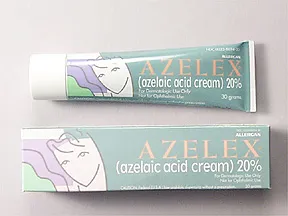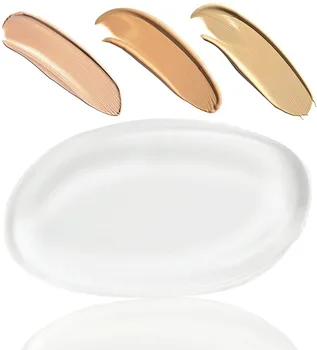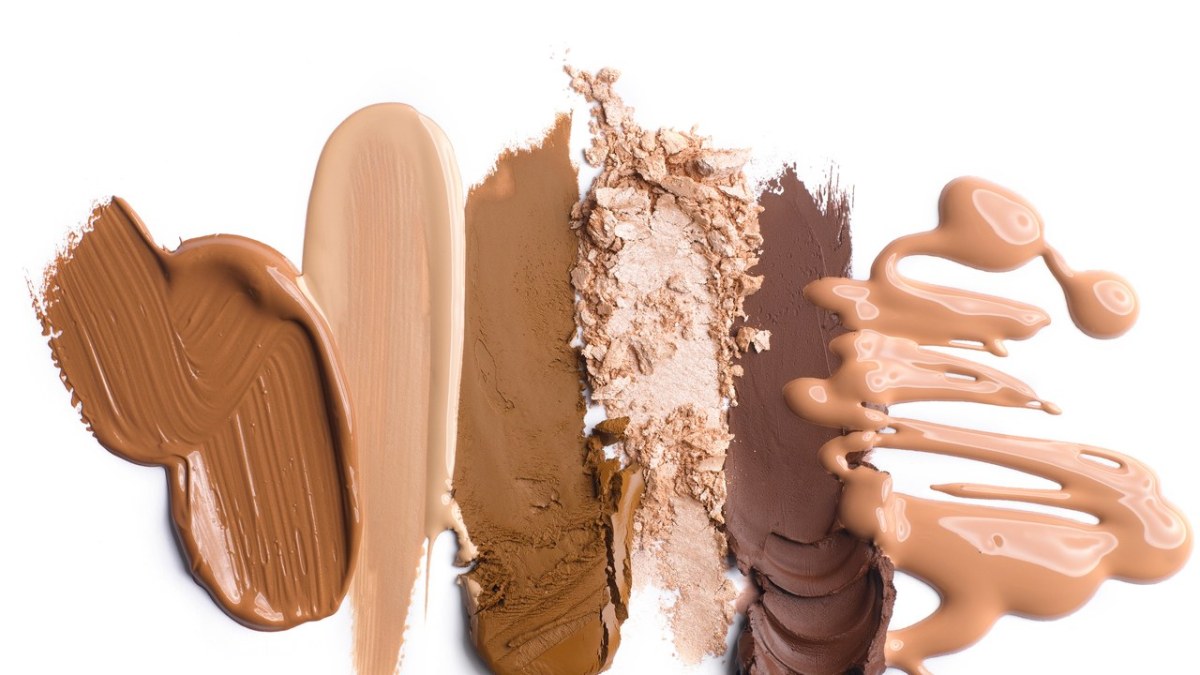
I am plagued with rough, bumpy skin. For the face, this type of skin typically falls under the category of skin texture. Mine isn’t visible (thankfully), but nobody wants their face to feel grainy. I accepted it as a part of my life for years now. I tried not to think about it. I’d consciously avoid touching that part of my face so I wouldn’t remember how much I hate it.
That’s not the best way to go through life . . .
I was content to continue this unhealthy way of coping with my skin until a friend of mine stumbled upon this magical company called, The Ordinary. I say magical because they’re selling quality products at an affordable price. Let’s go through that again but slower: QUALITY products that are AFFORDABLE.
The Ordinary is a DECEIM brand. I don’t know anything about the parent company, but I do trust The Ordinary. I’m not sure where they’re based, but I’m leaning towards Canada since that’s where my box shipped from. My limited experience with them has been in the Acid area, which is where my holy grail has come from. You can read more about The Ordinary here.
Shameless promo done of the company itself, let’s move on to the unicorn of a product that saves me every time I use it.

Let me introduce you to — drumroll — Azelaic Acid Suspension 10% by The Ordinary. There’s no alcohol or oil involved. And, huge plus, they’re (allegedly) vegan and cruelty free! It’s also gluten free (it’s an acid so duh). It does have silicones in it that’s led others to break out. The first time you use any acid, you can expect a flair up of some kind. I haven’t experienced any break outs or flairs from this product. Nor has my sister who I convinced to test it as well. For reference, I have dry/sensitive skin, and she has oily/combination skin.

But let’s get to the meat of the thing: It’s an acid. Why would I trust that on my face? Because it’s an ingredient in some dermatologist prescribed treatments for acne and dark spots/hyperpigmentation. As a teenager with acne, I was prescribed Azelex. It had 20% azelaic acid. It saved me then, and the acid itself is saving me now.
I bought the 30ml/1oz bottle from The Ordinary because of a promo at the time. It sat on my dresser for months (don’t be like me) before I braved up myself and slathered some on the grains of my face. And I mean some.
General Tip
Never put anything bigger than a dime size, if that, of acid, cream or otherwise, onto your face. Actually, be smarter than me and test it on your arm or hand first. The Ordinary accepts returns if you need to send it back for any reason.
In a matter of two days, the grits and grains were gone! My face was smooth to the touch. What the acid does is dry out any pimples or bumps. I don’t know the exact science behind it, but I do know that this product can help with texture, dark spots/hyperpigmentation, redness, inflammation, and pimples (popped or not). Some people swear it helps with their rosacea/eczema. I can’t test it myself, but you always can.
This isn’t a one and done product. It’s a treatment, not a cure. You use as needed. I use it at night after I cleanse, tone, and use a serum. And here’s why: Since it’s an acid, your skin is going to be more sensitive to the sun, which is why I stick to using it at night and making sure I never go out without some spf on my face. I alternate between spf foundation and tinted bb cream. I like to use azelaic acid after my serum because the serum adds a layer of protection.
Quick Breakdown
Cleansing strips your skin. Toning helps to rebalance it and prep it for moisture. Serum, and essence if you have it, starts building the layers of moisture.
I love this product. It costs less than $10 to get your hands on it. If you don’t want to bother with buying from the company, good news. Sephora carries it! Online only though, sorry folks. Since a little goes a long way, the 30ml/1oz can last you for a month or more, depending on use. As of the moment, there’s nothing bigger than the 30ml/1oz. Fingers crossed that will change soon.
What do you think? Have you tried Azelaic Acid before? Have you tried this product specifically, or the company? What was your experience?





